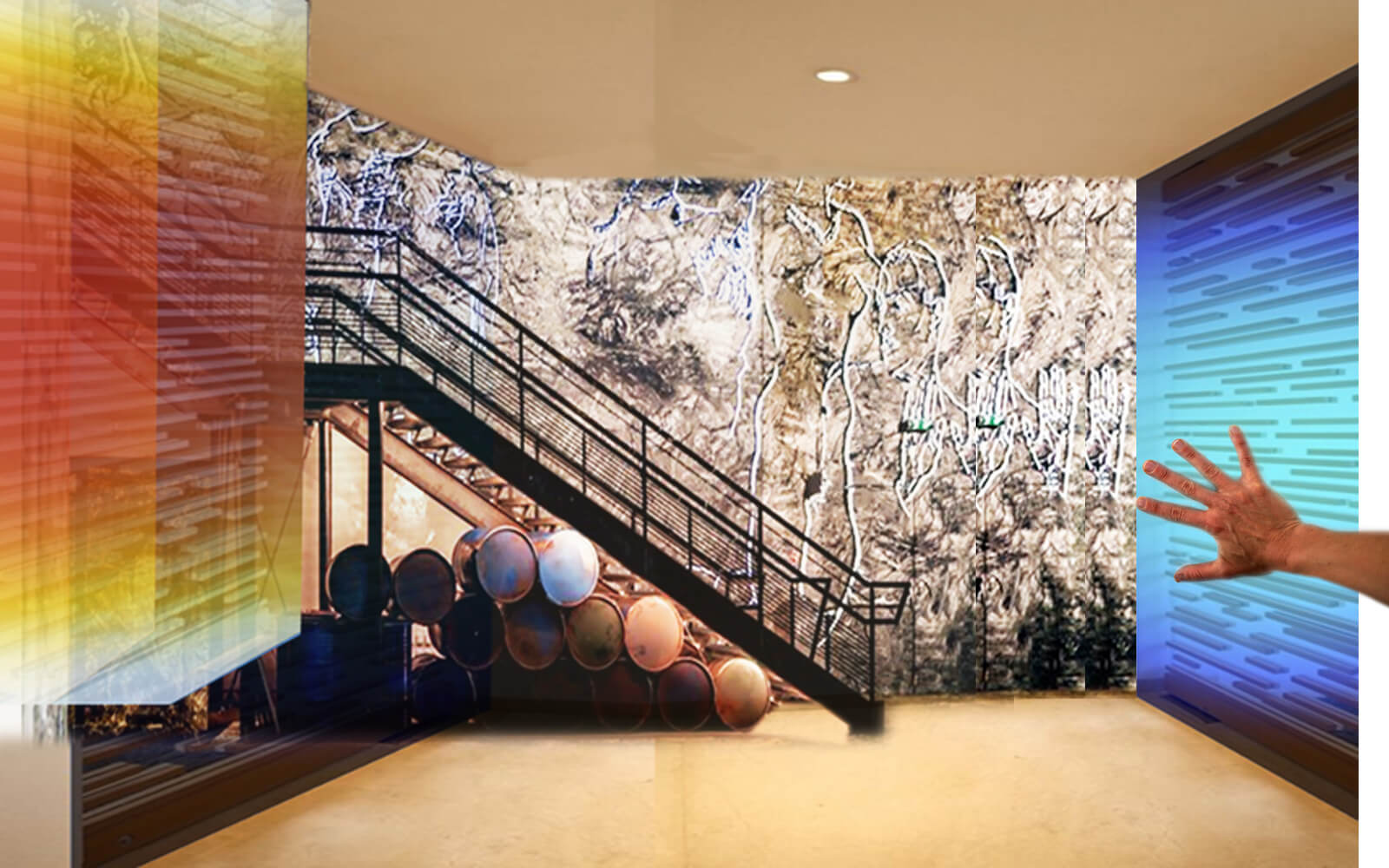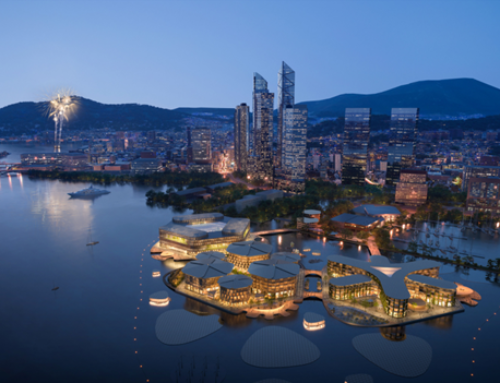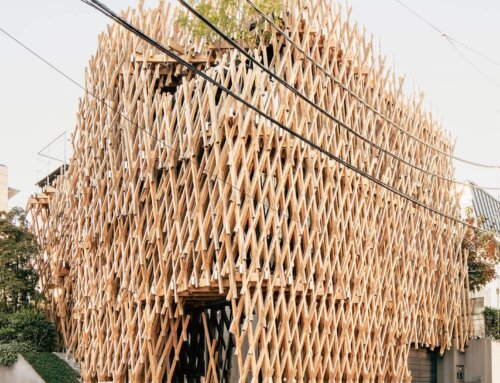Can virtual reality replace real reality and function in the same way?
Architecture has been always built from real walls, but the near future may break the edge between the two.
From the beginning of civilization, builders, and designers, vision the floor space planning and use real walls to divide the space. The process of manufacturing materials, building walls with different kinds of layers, and then adding finishes to them takes a humongous amount of effort and time. It costs money and all kind of resources from one side and causes pollution from the other side. These costs and consequences can be saved by virtual reality.
The walls are conceived by the senses. We see them, touch them, and feel their texture. Technology today can stimulate the human senses to the degree that it becomes like reality. One can argue that the virtual is real too as there is some physical existence to both in spite of the difference!
Recently a new device developed at Carnegie Mellon University, simulates the feel of obstacles and heavy objects, such as walls, and sculptural artwork. We can touch them and feel the surface texture!
The device is made from multiple strings attached to the hand and fingers to create the feel of obstacles.
User evaluation of the multi-string device, as reported by co-authors Harrison, Fang, Robotics Institute engineer Matthew Dworman and HCII doctoral student Yang Zhang, found it was more realistic than other haptic techniques. Instead of motors, the team used spring-loaded retractors, similar to those seen in key chains or ID badges. Only a small amount of electrical power is needed to engage the latch, so the system is energy efficient and can be operated on battery power.
“I think the experience creates surprises, such as when you interact with a railing and can wrap your fingers around it,” Fang said. “It’s also fun to explore the feel of irregular objects, such as a statue.”
This technology may soon be used to generate wall divisions at home or any building.
“It might also be used for visits to virtual museums. And, in a time when physically visiting retail stores is not always possible, “you might also use it to shop in a furniture store,”.
You may go one day to the architect to design the virtual walls of your home. What is more amazing these walls can be changed at no cost. The change can be created by the software.
You can decide to make it partially see-through or not, illuminated or not, and with any colour and texture. Open endless options!
We are looking for the day when this virtual architecture can be like real.
References: Carnegie Mellon University, 28 April 2020. www.sciencedaily.com/releases/2020/04/200428084655.htm



